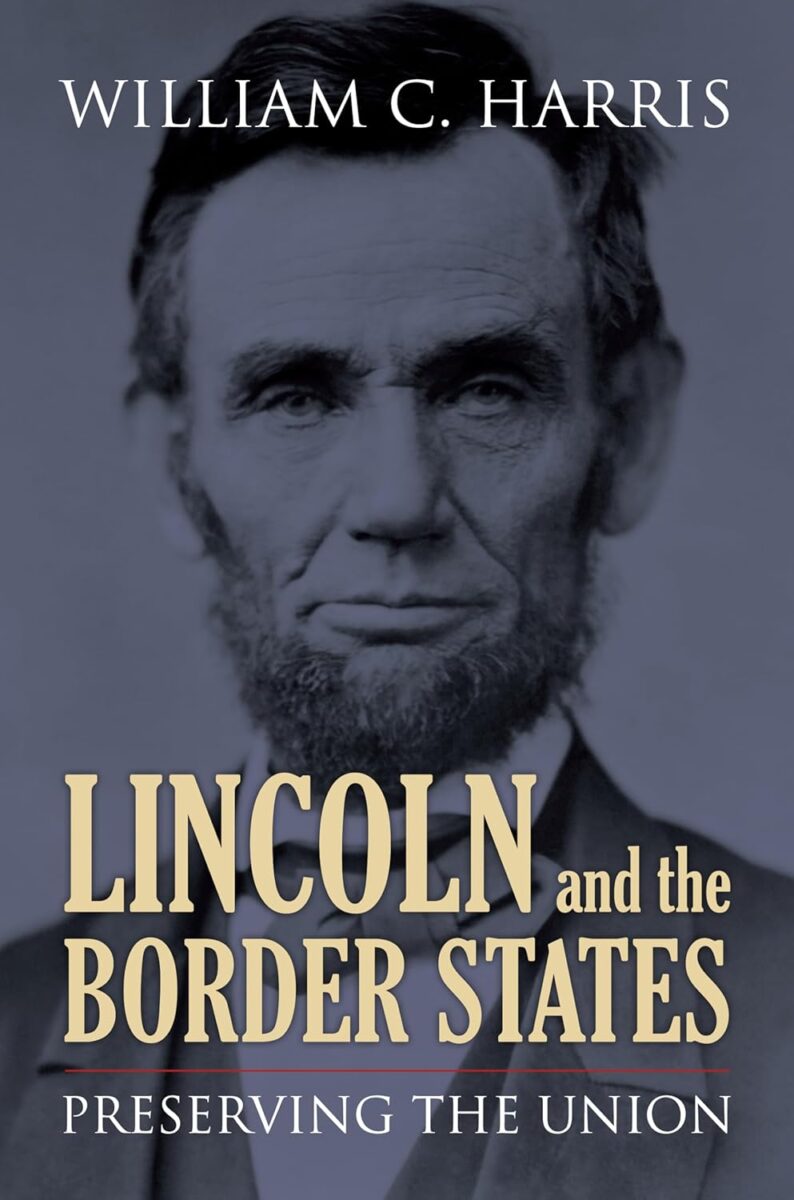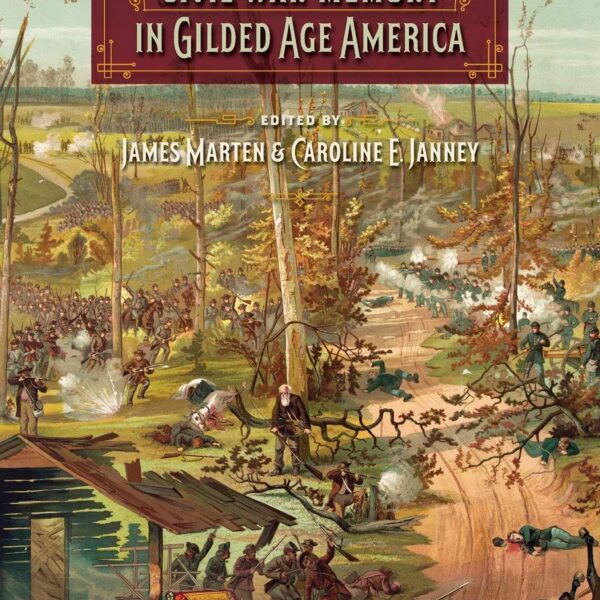Hard as it might be to imagine, William C. Harris’s new book fills a significant gap in the historical literature on Abraham Lincoln. Lincoln and the Border States is the first serious, comprehensive look at the President’s policies in the slaveholding states that remained in the Union. Harris deals with Delaware, Maryland, Kentucky, and Missouri, the last three absolutely critical for the Lincoln administration and the Union war effort. As in previous works, Harris portrays Lincoln as a cautious (if not conservative) antislavery politician who had long favored gradual, compensated emancipation and was always conscious of working within a constitutional framework. Abolitionists and Radical Republicans might consider the President (in the language of the day) a “slow coach” on the slavery question, but his overweening responsibilities as commander-in-chief during a civil war that quickly spun out of human control placed serious constraints on his actions.
As Harris point out, Lincoln was a child of the border, a native Kentuckian who could never win much political support there. The border-state governors proved to be a troublesome lot during the secession crisis and Lincoln’s refusal to endorse various compromise measures made matters more complicated. And that was only the beginning. Lincoln and the Border States offers a clear narrative of the President’s persistent, seemingly endless, and too frustrating efforts to work with a welter of difficult and prickly politicians for the next four years.
Given the location of the national capital, keeping Maryland in the Union was imperative. After rioting in Baltimore, Lincoln took strong action to scotch secession sentiment in the state, and in ways that could not always pass legal muster. For his part, Harris describes measures such as the suspension of habeas corpus and military arrests but seldom evaluates them. He is only mildly critical of Lincoln but does not go out of his way to praise the President either; given such a controversial subject, the author’s evenhanded tone is remarkable.
One might almost say that Harris adopts a “neutral” approach to his topic even as he focuses on the problems that Maryland or Kentucky faced in trying to maintain “neutrality” during the early stages of the war. In these pages, Lincoln comes off as very much a realist—uncompromising in his desire to save the Union yet always the pragmatist who refuses to push the border-state politicians too far. One dramatic measure of success was that by the end of the war far more Kentuckians had fought for the Union than for the Confederacy.
Yet in Kentucky, and in every other border state save Delaware, the problems persisted for Lincoln literally to the day of his death. Harris deserves considerable credit for following the course of administration policy in the border areas for the entire war. This approach along with illuminating accounts of the labyrinthine political maneuvering gives the book a narrative tension appealing to general reader and scholar alike.
This is not simply a story of Lincoln and the border-state governments because the President faced no end of problems from generals, beginning with John C. Frémont in Missouri. Throw Frank Blair and Nathaniel Lyon into the mix, and it is easy to see why Missouri consumed so much of the administration’s time from the very beginning. In the early stages, as Harris rightly points out, Lincoln showed a “natural caution” and a “lack of managerial experience” (129). At the same time, it is fair to say Lincoln made no large blunders and that made all the difference.
This was especially true on that most contentious of all issues: emancipation. Border-state politicians shunned virtually all Lincoln’s suggestions about how they might proceed on the slavery question. Even the quite sound point that the compensated emancipation would cost far less than the war had little effect on the politicians. Even in tiny Delaware where there were few slaves, opposition to emancipation was bitter and prolonged. Harris pays less attention to Lincoln’s support for colonization than recent scholars, perhaps because he prefers to emphasize political possibilities rather than political principles. Equally troublesome for the President was the even greater border-state resistance to the enrollment of black troops.
There always seemed to be some crisis brewing on the border whether over slavery or growing out of political factionalism among the Unionists. Some generals acted too boldly, others too cautiously, and few were just right. Everything from patronage squabbles to church disputes might well land on Lincoln’s desk. Little wonder that in one of many moments of exasperation with the Missouri radicals, he pointed out how on the questions of Union and slavery, there were “at least four sides,” and by the time the President had run through list he had identified more than that. The presence of everything from guerilla bands to Confederate armies made the politics in that state and elsewhere even more tricky.
Harris writes traditional political history that emphasizes strategy and maneuvering more than ideology or political culture. This is a story of the Lincoln administration and prominent border-state politicians and it is well told. Readers might wish that Harris had added an epilogue or conclusion because the book ends abruptly. All in all, however, this is a pleasing and important contribution to Civil War literature.
George C. Rable is the Charles Summersell Chair in History at the University of Alabama and most recently the author of God’s Almost Chosen Peoples.





